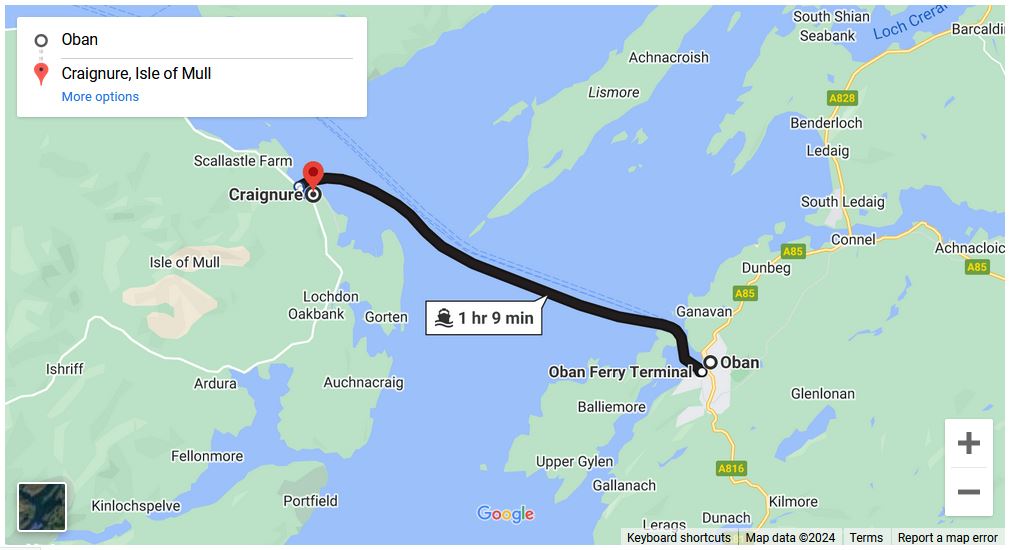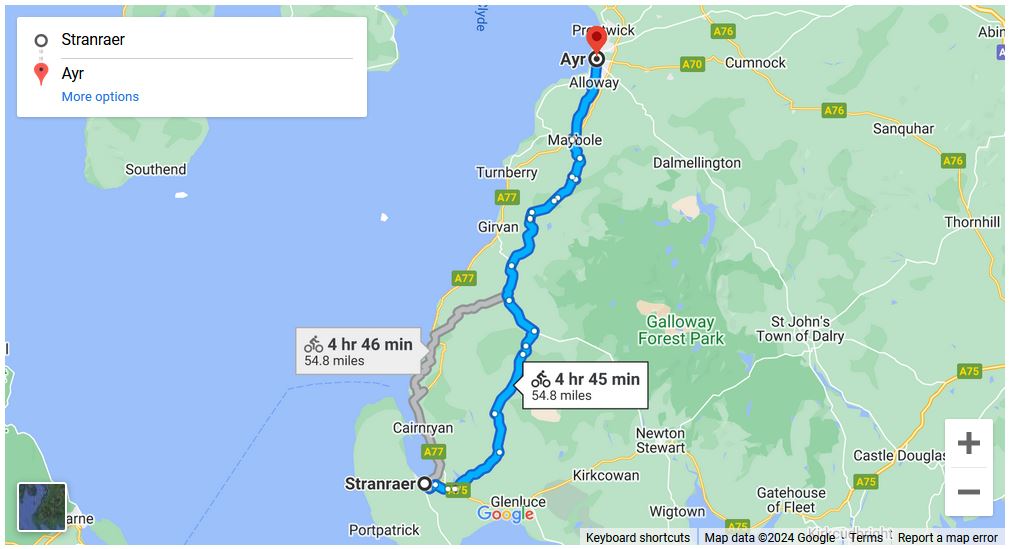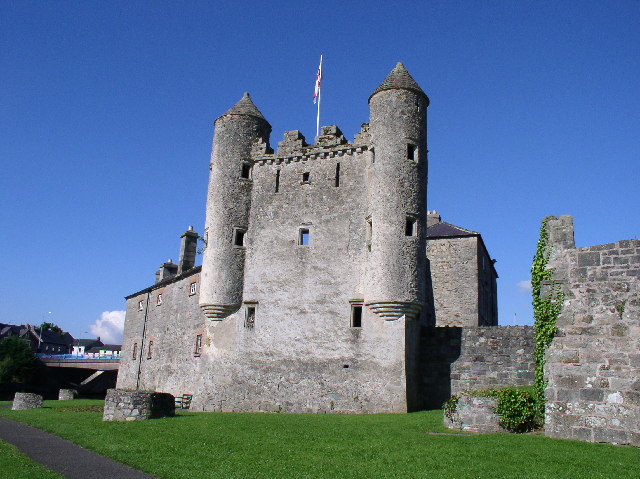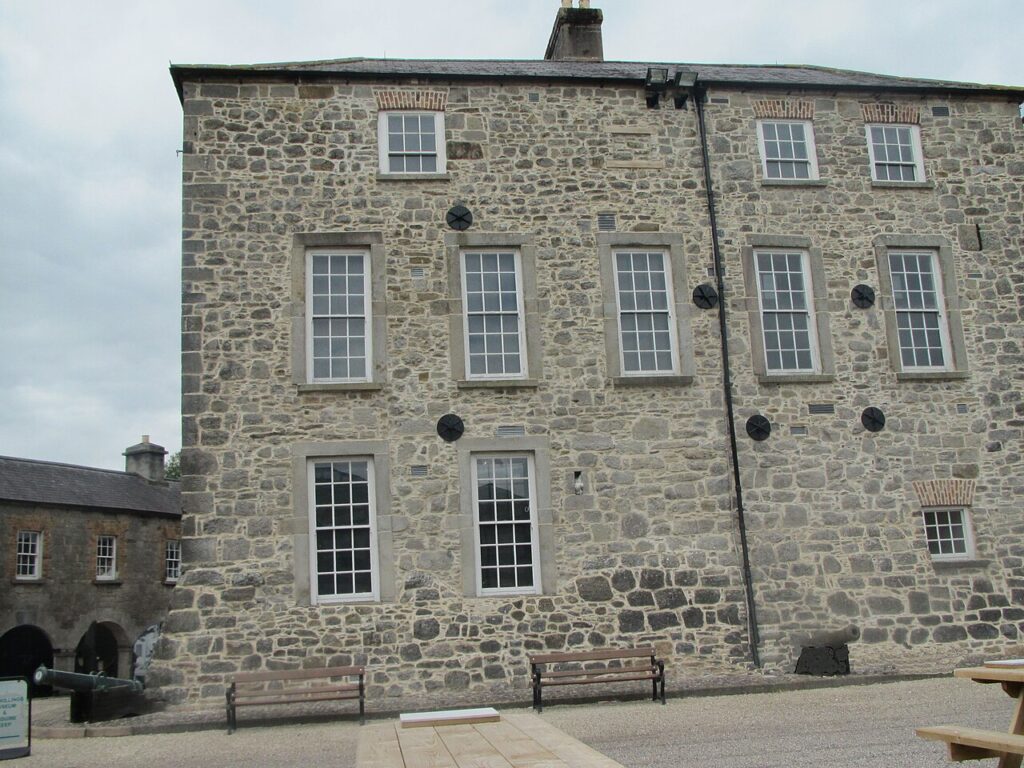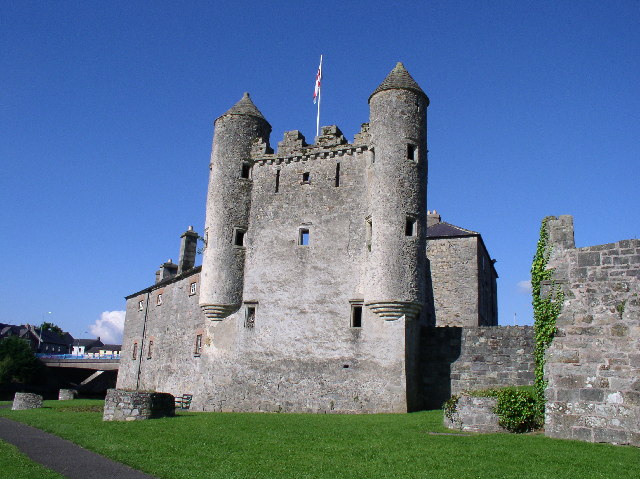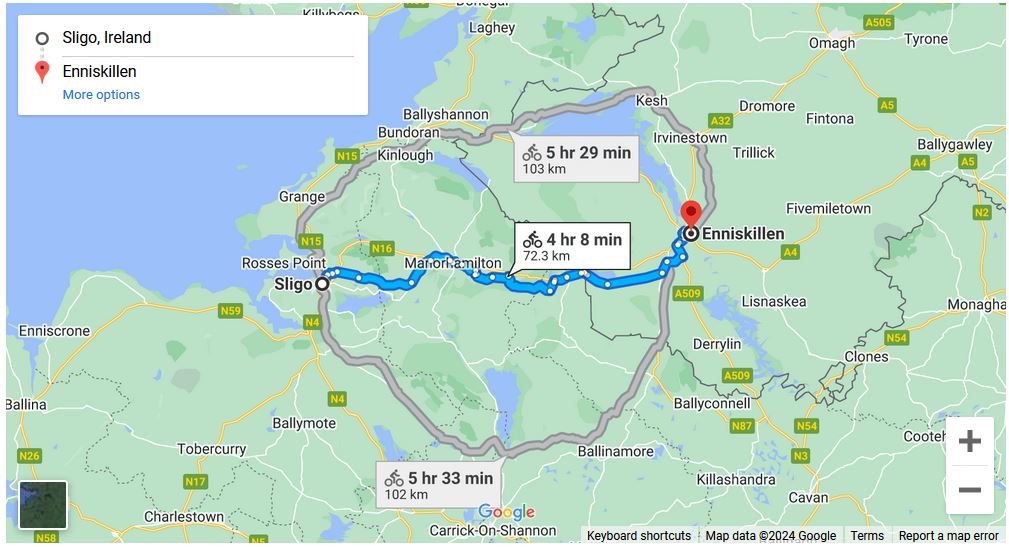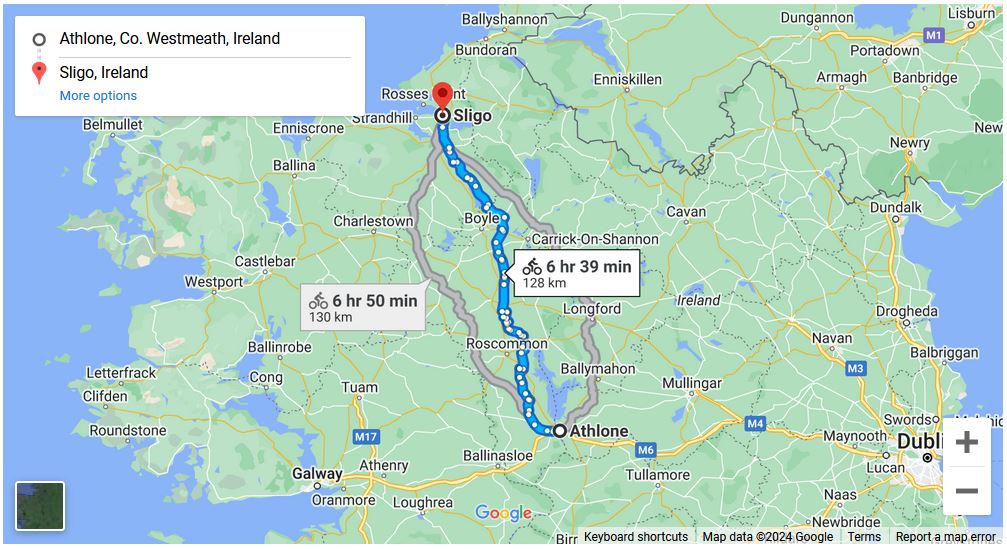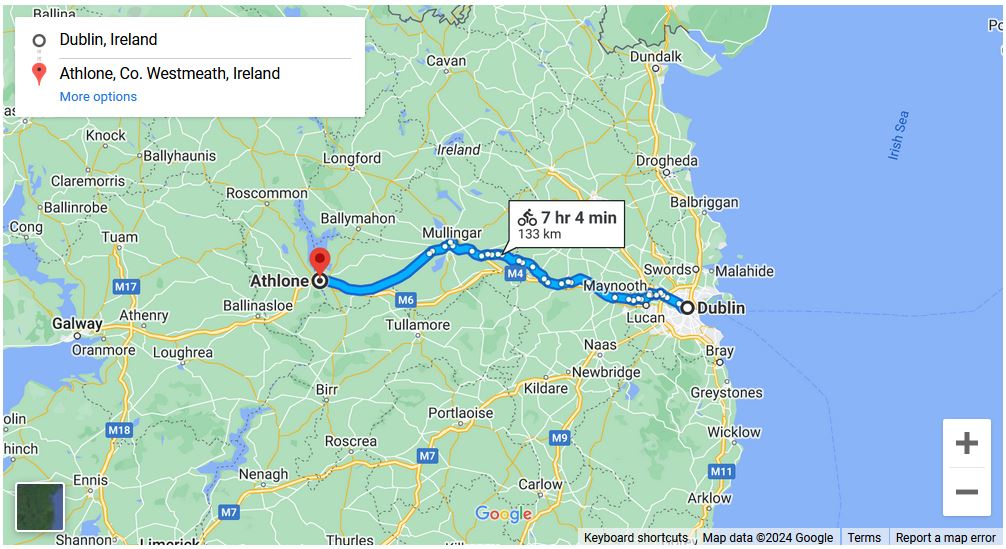Embarking on a cycling journey from Oban to Craignure via ferry promises cyclists a delightful expedition through the scenic landscapes of the Scottish Highlands and the enchanting islands of Mull and Morvern. This approximately 15-mile route, inclusive of a ferry crossing, takes riders from the bustling harbor town of Oban to the tranquil village of Craignure on the Isle of Mull, offering breathtaking views and a unique island-hopping experience.
Starting in Oban, cyclists pedal away from the town’s charming streets and vibrant harbor, where fishing boats and ferries create a lively maritime atmosphere. The initial stretch of the journey takes riders along the picturesque coastal road, providing panoramic views of the Firth of Lorn and the surrounding hills. The road winds through woodlands and offers glimpses of nearby islands, setting the stage for the island-hopping adventure.
Upon reaching the Oban ferry terminal, cyclists board the ferry that will take them across the Sound of Mull to the village of Craignure on the Isle of Mull. The ferry journey itself is a highlight, offering cyclists the opportunity to relax and enjoy stunning views of the rugged coastlines and islands dotting the sound. The sea breeze, the sound of gulls, and the expanse of water beneath create a sense of tranquility.
Arriving in Craignure, cyclists disembark from the ferry onto the Isle of Mull, an island known for its diverse landscapes, wildlife, and rich history. The route from Craignure allows riders to explore the southern part of Mull, offering a mix of coastal and inland scenery. The undulating terrain takes cyclists through verdant hills and alongside the shores of the Sound of Mull.
Cyclists may pass through the village of Salen, known for its scenic surroundings and historical sites. The landscape is characterized by open spaces, heather-clad hills, and the ever-present views of the sea. The route continues westward, offering breathtaking vistas of the coastline and nearby islands.
Approaching the coastal area near Loch Spelve, cyclists may find themselves cycling along winding roads with the sea on one side and rocky hills on the other. The tranquility of the area and the pristine beauty of the landscapes create a memorable cycling experience.
The journey culminates in the village of Craignure, where cyclists can unwind and appreciate the charm of this coastal settlement. Craignure is an ideal base for further exploration of Mull, with its proximity to historic sites, scenic walks, and the opportunity to encounter local wildlife.
Cycling from Oban to Craignure via ferry encapsulates the essence of island-hopping in the Scottish Highlands. From the coastal allure of Oban to the serene landscapes of Mull, each leg of the journey unfolds a unique chapter in this cycling adventure. So, saddle up and pedal through the Scottish Highlands, where the road and the sea converge to create a memorable island-hopping experience.

